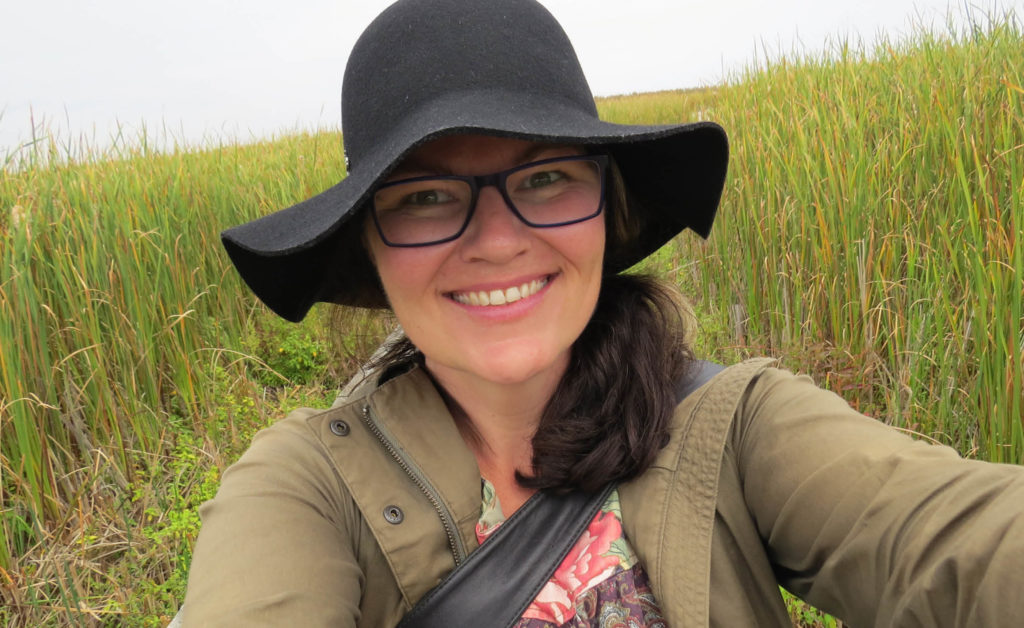by Tina Kelly, Shaw Centre for the Salish Sea
Be on the look out. The lookout for an unwanted visitor – a visitor who moves in and is difficult to remove. The moniker “mean green eating machine” offers some indication as to how this visitor treats its new home and roommates.
Awareness about this unwanted and uninvited visitor – the European green crab (carcinus maenus) – is growing. At the Shaw Centre for the Salish Sea, questions and comments about these invasive crabs are increasingly more common. Some visitors are seeking clarification or more information while others are looking to confirm a potential sighting.
How do you identify European green crabs from local species? European green crabs and green shore crabs (hemigrapsus oregonensis) have differences beyond the fact one is meant to be here and one is not. But it turns out neither are always green. Shape of the body or carapace can help; an invasive green crab’s carapace is wider at the top – triangular or diamond in shape – whereas native shore crabs are relatively square in shape. Kelp crabs (pugettia producta) and helmet crabs (telmessus cheiragonus) are two other crabs that could be misidentified as the invasive species. Identification based on colour and shape has limitations, but there is one clear telltale feature: invasive green crabs have five spines, or marginal teeth, on either side of the eyes.
The European green crab is among the top 100 most invasive species in the world. In some regions, it ranks in the top 10 most unwanted species. Introduction of this species to the Pacific coast of North America is thought to have occurred in San Francisco in 1989 and the species has spread ever since. Hitching rides on boats and in ballast water are significant ways aquatic species (adults or larvae) are introduced to new areas.
As their nickname suggests, their appetite is voracious. They are masters at breaking through the protective shell of mussels and clams and are known to eat other crab species. These crabs take over habitat, outcompeting local species for space and food. In the process, they excavate sediments and destroy eelgrass meadows, itself a critical habitat for so many species including salmon and forage fish such as Pacific herring. Their destructive power can alter the shoreline and change the landscape. In many areas, the presence of European green crabs has significant economic implications.
How can you help? Know how to accurately identify and differentiate the invasive crab from native species (Remember those five “teeth!”) and help scientists track the spread. Report sightings to the Department of Fisheries and Oceans (email AISPACIFIC@dfo-mpo.gc.ca) and be sure to include the date, location and a picture.
Note: Sidney’s fishing pier hosts an educational sign about the European Green Crab.
The Shaw Centre for the Salish Sea is a non-profit aquarium and education centre located on the territory of the W̱SÁNEĆ people. For more information visit www.salishseacentre.org.




